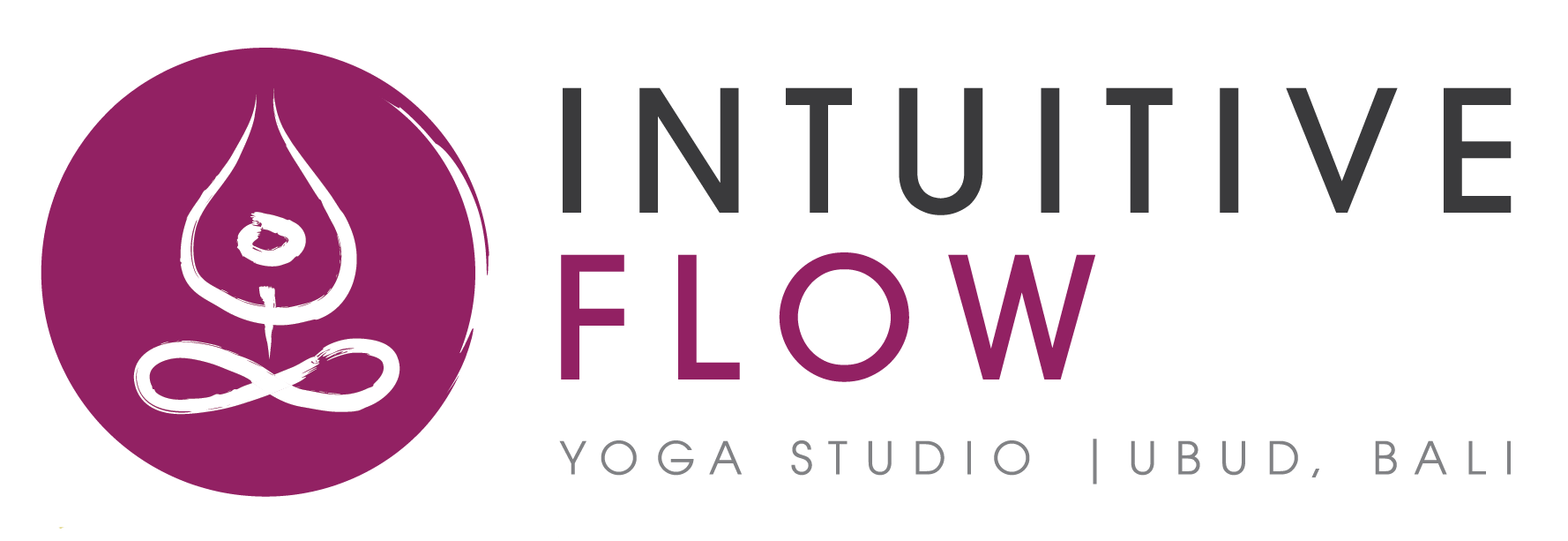30 Nov Chakra Subtle Anatomy
 Chakra Subtle Anatomy
Chakra Subtle Anatomy
We all aspire to grow as Yogis, and as we do, we go beyond ‘Asana,’ and take the time to become more interested in exploring our inner selves, or the ‘space within.’
We are privileged to have been left by the ancient Yogis with a ‘map’ of our inner landscape, where the chakras act as almost ‘landmarks. The chakras are actually spinning vortices of energy, which are formed when the main 3 meridians (ida, pingala, sushumna) converge within our ‘subtle’ bodies.
There are seven main chakras, which give us a huge amount of information about our physical and mental well being, and can almost be seen as stepping-stones on our spiritual journey, as we travel the pathway between our gross bodies, to our subtle ones.
In the majority of us, they fluctuate between qualities (Gunas) such as depleted, (Tamas), and overactive, (Rajas). It is only when we find balance that they, themselves, become balanced, (Satvic).
The First Chakra: Mooladhara (The Root)
Mooladhara is the chakra that is responsible for our very survival and self-preservation on this planet, and can be held as the beginning of our spiritual evolution. This is the chakra that is directly connected to everything that is instinctual, as well as to our fear of death, sense of smell and from that, by extension, therefore, to our sexual desires; there is a wealth of scientific evidence to prove that who we find as sexually attractive is greatly linked to our sense of smell. Mooladhara is also linked to our basic needs for security and comfort as in food, shelter, clothing and monetary needs.
- Tamasic: depressed, suicidal tendencies, insecurity (depleted.)
- Rajasic: fearless, over sexual, hording (overactive.)
- Satvic: grounded, stable, still and patient (balanced.)
The Second Chakra: Swadisthana (The Sacral)
Swadisthana represent our unconsciousness and is associated with our adaptability, our flexibility and our ability to ‘flow’ with life. It governs our capacity to adapt to new circumstances and also our ability to form relationships that are nurturing to us and essential for our well-being. It is also connected to sensuality, procreation, pleasure, gratification and our creativity. As human beings, we need to express our creativity as when we do not, we become rigid. Swadisthana is also connected to the sense of taste and, by extension, emotions such as bitterness and jealousy.
- Tamasic: lack of creativity, dispassionate about life (depleted.)
- Rajasic: rigid attitude, over eating, jealousy, substance abuse (overactive.)
- Satvic: adaptable, creative, flexible (balanced.)
The Third Chakra: Manipura (The Navel)
This chakra is the seat of our inner power, endurance, self-esteem, vitality, and self-control. It is also the center of assimilation, not only for food but also our thoughts, emotions and new knowledge. Our ‘flight or fight’ center, (sometimes known as adrenaline,) and from where we get our gut feelings. It governs our sense of sight, and movements within the body. It is center of our inner ‘fire’ in the body and uses, distributes, regulates and fuels prana throughout the body, thus generating heat. When this chakra is balanced, one looks luminous and radiant.
- Tamasic: low vitality, fear, grudges (depleted.)
- Rajasic: anger, crave for power, stubborn, controlling, need of recognition (overactive.)
- Satvic: capacity to assimilate of new knowledge, self-control and radiance (balanced.)
The Fourth Chakra: Anahata (The Heart)
This chakra is also the seat of the soul, Jivatman. Anahata chakra awakens refined emotions: universal love, unconditional love, self-acceptance, compassion and peace. This is who we really are; wise, compassionate, and full of love. It is associated with the sense of touch and hands-on healing, as a meridian runs from the heart and along the length of the arms and from there, into the hands. From this chakra comes spiritual expansion. When this chakra is open, human love merges with divine love and we can realize all our wishes.
- Tamasic: low self-esteem (depleted.)
- Rajasic: overly emotional, selfish (overactive.)
- Satvic: self-love, continuous flow of love, unselfish (balanced.)
The Fifth Chakra: Vishuddhi (The Throat)
This chakra is the link between the mind and the body; where head and heart and body are integrated, and feelings and thoughts are harmonized. Self-expression, communication, clairaudience, ability to listen to other people as well as ability to being heard by other people are all qualities that are meant to emanate from this chakra. When this chakra is balanced, we have the ability to share true knowledge. When we focus on the throat chakra we can generate coolness in the body. This chakra is a powerful tool for healing with sound healing, mantras chanting and affirmation.
- Tamasic: do not listen to other people (depleted.)
- Rajasic: speak too much and too loudly (overactive.)
- Satvic: beautiful voice, ability to listen, youthfulness (balanced.)
The Sixth Chakra: Ajna (The Brow)
This chakra governs awareness, concentration, individual consciousness, wisdom, clairvoyance, heightened intuition and inspiration. Ajna is known as the command center, where the left and right brain joins; and it opens new levels of perceptions and awareness where one can see ‘beyond’ the veil of illusion. At this junction, three main nadis, ida, pingala and sushumna all merge into one stream of consciousness, flowing up to sahasrara.
Tamasic: dull mind, self-awareness is fogged (depleted.)
Rajasic: mind too busy, lack of concentration, obsessive thinking (overactive.)
Satvic: intuition, wisdom, clarity (balanced.)
The Seventh Chakra: Sahasrara (The Crown)
Only when Sahasrara is open can we access divine intelligence; connection with the divine ‘oneness’ with the infinite, unity, divine wisdom, perception beyond space and time, and the seat of higher awareness. The opening of the crown chakra happens in the divine timing and can only be opened by grace.
- Tamasic: dull and damaged (depleted.)
- Rajasic: manic and confused (overactive.)
- Satvic: Integrated and balanced, spiritually realized (balanced.)

